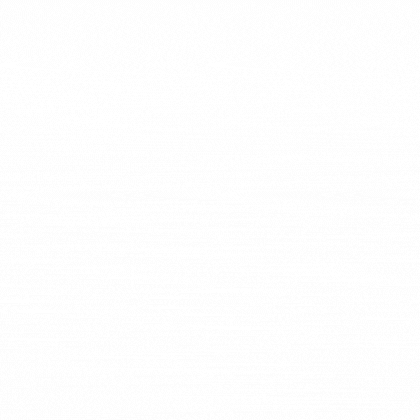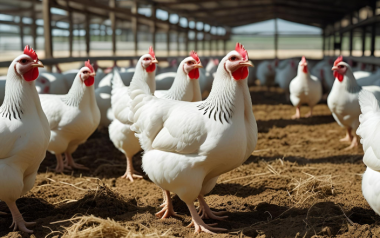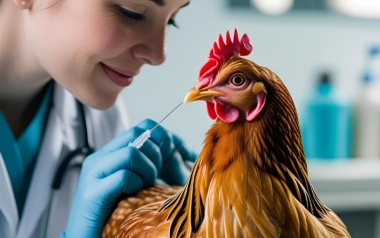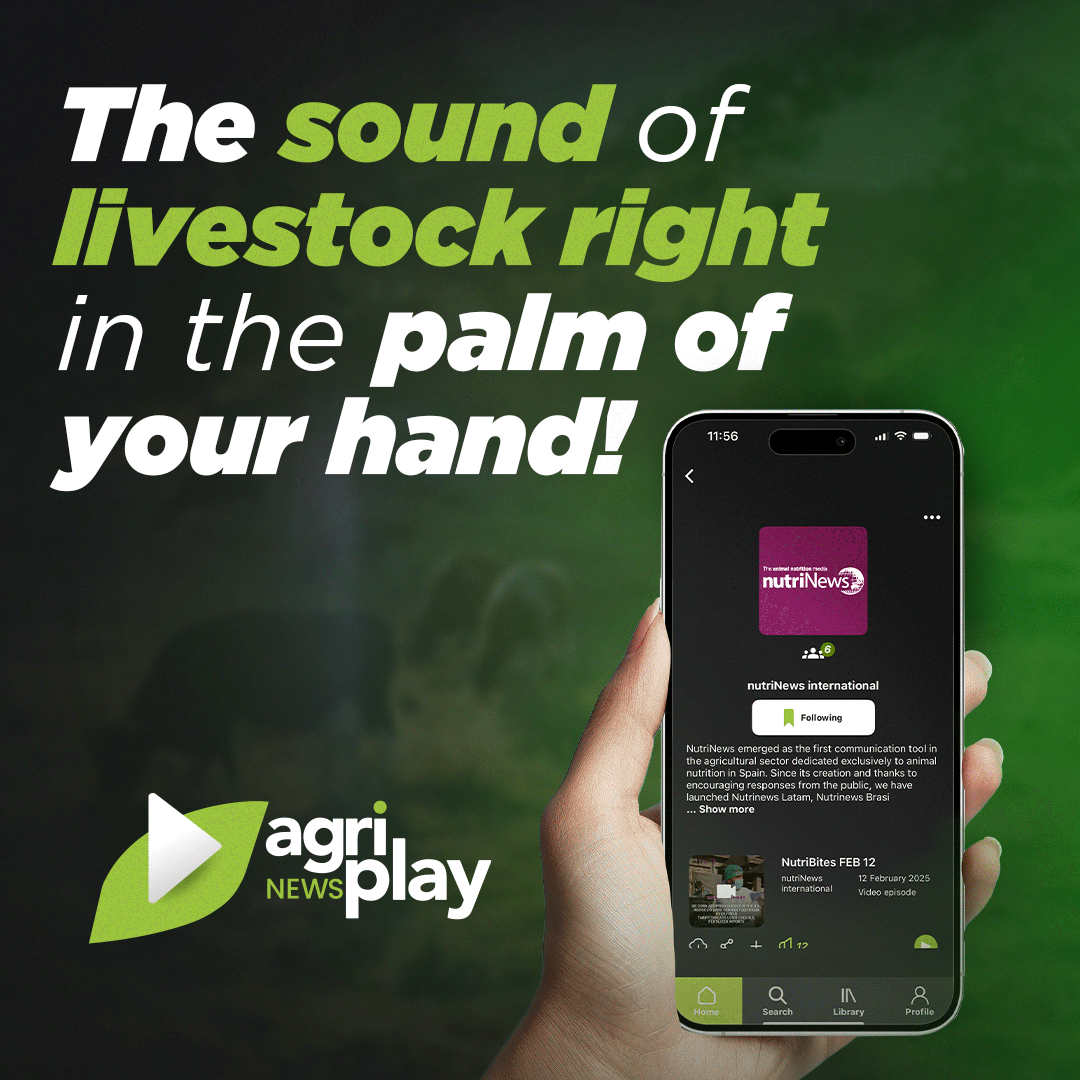Sources: Available upon request
28 Aug 2024
Avian Influenza crisis in the U.S.
The United States is grappling with one of the most severe avian influenza outbreaks in its history. Since the onset of the highly pathogenic avian influenza (HPAI) H5N1 virus on February 8, 2022, the country has witnessed the loss of over 100.7 million birds.
Over 100 million birds lost in the U.S. since outbreak began
The United States is grappling with one of the most severe avian influenza outbreaks in its history. Since the onset of the highly pathogenic avian influenza (HPAI) H5N1 virus on February 8, 2022, the country has witnessed the loss of over 100.7 million birds. This staggering figure includes both birds that succumbed to the disease and those culled as a preventive measure.
Impact on poultry industry
The outbreak has had a devastating impact on the poultry industry, particularly in states like Iowa, which has reported the highest number of affected birds. Over 23.3 million birds in Iowa alone have been impacted, primarily in commercial poultry farms. The virus has spread across 48 states, affecting a total of 1,173 flocks, including 508 commercial and 665 backyard flocks.
Economic consequences
The economic ramifications of this outbreak are profound. The poultry industry, a significant contributor to the U.S. economy, has faced substantial losses. The culling of millions of birds has led to a decrease in poultry supply, driving up prices for consumers. Additionally, the cost of implementing biosecurity measures and compensating farmers for their losses has placed a financial strain on both the industry and the government.
Efforts to contain the virus
Efforts to contain the virus have been extensive. The U.S. Department of Agriculture (USDA) has been at the forefront of these efforts, working closely with state and local authorities to monitor and control the spread of the disease. Measures include increased surveillance, culling of infected and exposed birds, and strict biosecurity protocols to prevent further outbreaks.
Human health concerns
While the primary impact of the H5N1 virus has been on birds, there are concerns about its potential to affect human health. The Centers for Disease Control and Prevention (CDC) has reported a few cases of human infection, primarily among individuals who had direct contact with infected birds. However, the risk to the general public remains low, and there is no evidence of sustained human-to-human transmission.
Future outlook
The future outlook for the avian influenza crisis in the U.S. remains uncertain. While the number of new cases has decreased in recent months, the virus continues to pose a threat. Ongoing surveillance and biosecurity measures are crucial to prevent future outbreaks. Additionally, research into vaccines and treatments for avian influenza is ongoing, offering hope for more effective control and prevention strategies in the future.
In conclusion, the avian influenza outbreak in the U.S. has resulted in the loss of over 100 million birds, with significant economic and health implications. Continued efforts to monitor, control, and prevent the spread of the virus are essential to mitigate its impact and protect both the poultry industry and public health.









































